

Pyramid Of Pepi II
The Pyramid of Pepi II was the tomb of Pharaoh Pepi II, located in southern Saqqara
What was Pepi II known for?
Pepi II became king at a young age while his mother Ankh-nes-pepi I ruled as regent. It was previously believed that Pepi II's father was Pepi I and that Merenre I was his half-brother. However, considering Pepi II's young age, it is possible that Merenre I was actually his father. Pepi II had multiple wives, including his half-sisters Neith, Iput II, Ankhenespepi III, Ankhenespepi IV, and his daughter Udjebten. His son Merenre II, who was likely born to Neith, succeeded him as king. With Ankh-nes-pepi III, Pepi II fathered Neferkare III, a king of the 7th/8th Dynasty. According to the Turin King-list and Manetho, Pepi II ruled for over 90 years, making him the longest reigning king of Ancient Egypt. However, some doubt has been cast on this number, with some researchers suggesting it may have been a misreading of 64.

Who was the pharaoh before Pepi II?
Pepy II's pyramid, located at the southern end of the South Saqqara necropolis, was the final royal tomb of the traditional Old Kingdom. It is situated south of Merenre's complex. Perring first explored the pyramid in the 1830s, followed by Gaston Maspero in 1881 during his search for Pyramid Texts. Maspero's life was almost lost when he was trapped by falling debris in one of the chambers and had to be rescued by Emile Brugsch. Gustave Jequier conducted a more thorough investigation between 1926 and 1932, but by then, only a small mound remained.

What was Pepi II famous for?
The pyramid was built with small limestone pieces and clay mortar. It had a standard size and was surrounded by fine white Tura limestone casing stones. During construction, it was decided to add a mudbrick girdle around the third step, which required dismantling and rebuilding parts of the structure. Egyptologists are still unsure about the reason behind this decision. Some theories suggest it had a religious significance or was meant to strengthen the monument's structure.
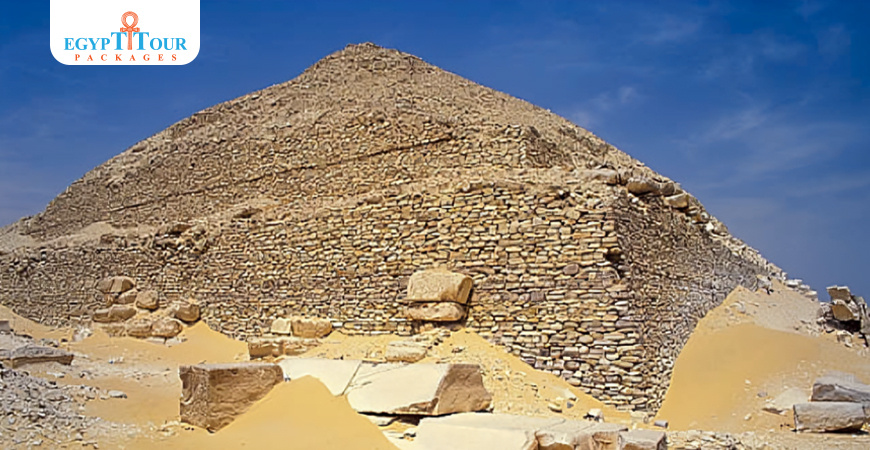
What was Pepi II famous for?
The underground rooms were quite ordinary as well. Starting from the chapel at the entrance on the north wall, there was a sloping passage that led to the vestibule. In the vestibule, Jequier discovered many fragments of alabaster and diorite vessels, along with a golden knife blade or spatula. The horizontal corridor was blocked by three large portcullis slabs, and the walls were engraved with Pyramid Texts. The antechamber and burial chamber to the west had a vaulted ceiling adorned with painted stars, while the eastern chamber was a single room without any niches for statues. On the west wall of the burial chamber, there was a depiction of a reed-hut motif, and in front of it stood Pepy's black granite sarcophagus. The sarcophagus was inscribed with the King's names and titles and decorated with green-painted false door motifs at the head and foot. At the foot of the sarcophagus, there was a niche in the floor for the canopic chest. Although the lid of the chest was found in the tomb, the King's mummy has never been recovered. The other walls of the burial chamber and antechamber were covered in Pyramid Texts.
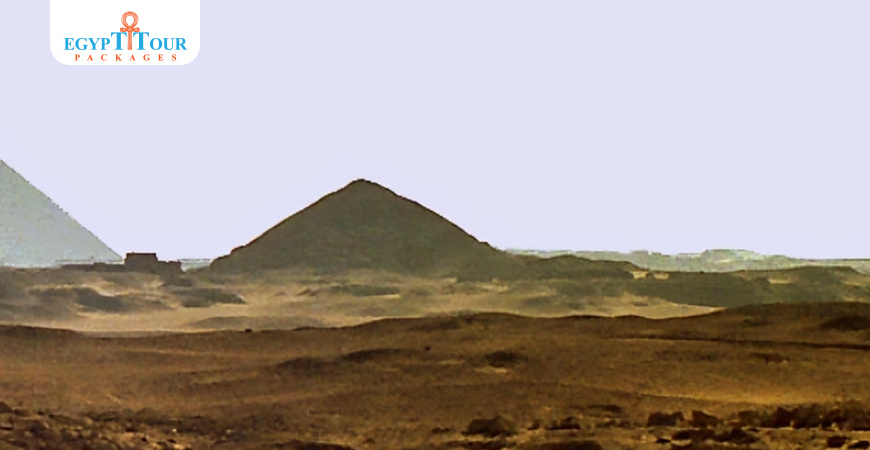
Pyramid of Pepi II
Pepy II made an interesting choice by building his pyramid very close to the Dynasty IV tomb of Shepseskaf, called the 'Mastabat el-Faraun'. The pyramid complex includes a mortuary temple with three chambers or chapels before the entrance, which may have had a special religious meaning. The open court had 18 rectangular quartzite pillars, one of which remains and shows the King embracing Re-Horakhty. The inner parts of the temple and the offering hall still have preserved religious reliefs. A small alabaster statue of Pepy II as a child was discovered in the cult chapel. Some parts of the temple have been restored in their original location. The satellite cult pyramid, which was common in these complexes, was located at the south-east corner of Pepy's complex.
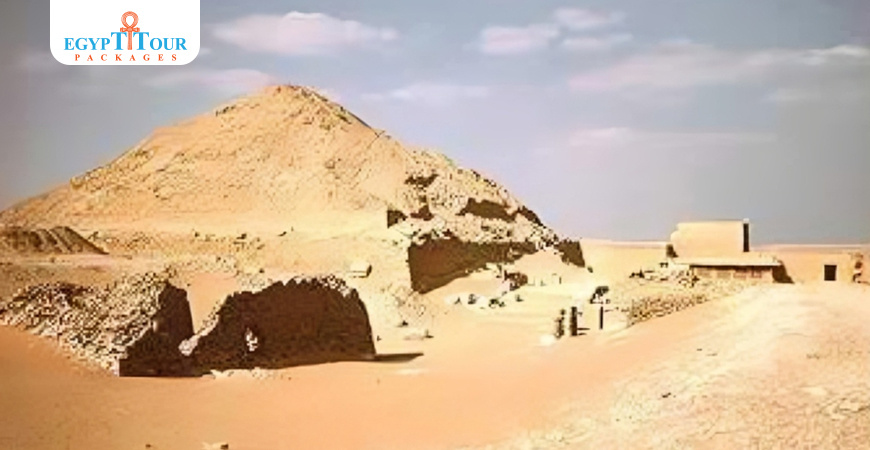
How many wives did Pepi II have?
Pepy's wives had their own mortuary complexes near the King's pyramid. One of the oldest pyramids belonged to Neith, who was Pepy I's daughter and the King's half-sister. Neith's pyramid was built similarly to Pepy's monument and contained an empty red granite sarcophagus in the burial chamber. The entrance to her temple had two small obelisks with the Queen's names and titles, and one of the chambers in her mortuary temple was named the 'Lion Room' due to reliefs of lions wearing ornamental sashes. In a pit at the southeast corner of Neith's complex, Jequier found 16 wooden models of funerary boats. The second Queen's pyramid, belonging to Iput II, was heavily damaged and had a L-shaped mortuary temple with a southern entrance through two small obelisks bearing her names and titles. A well-preserved red quartzite false door from the offering hall was found. Ankhesen-Pepy, another consort of Pepy II, was likely buried without her own pyramid between Neith and Iput's enclosures. Her sarcophagus was discovered in a store-room in Iput's temple. The third Queen's pyramid belonged to Wedjebten, another daughter of Pepy I, and was found in a very ruined state by Jequier. The complex was similar to the other two, with fragments of Pyramid Texts in the subterranean chambers. The mortuary temple was entered from the northern side of the pyramid, and a fragment of an inscription found by Jequier claimed that the pyramidion was covered in gold. Today, the only remaining artifact from her mortuary temple is an alabaster offering table with the Queen's name. A secondary enclosure around Wedjebten's complex contained small houses and offering chambers for priestly relatives who were dependent on the Queen's funerary estate.
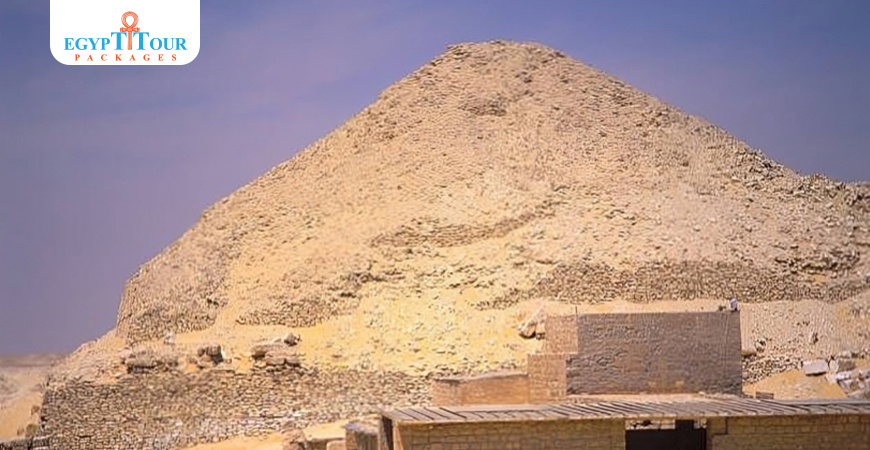
Why was Pepi II important?
Pepy II's causeway had two bends before it reached his valley temple, making use of the sloping ground. The causeway had scenes showing the funeral procession, offerings, and reliefs of the King as a sphinx and a griffin killing prisoners. The King's valley temple was quite different from the usual design and could be accessed from either the desert or a harbor. It had a large rectangular terrace with harbor ramps on both sides, following the path of a canal. In the middle of the terrace wall, there was a single red-granite doorway with inscriptions of Pepy's names and titles. This was likely the entrance used during the King's burial procession.
How to reach the pyramid of Pepy II?
It is located in a remote area, closer to Dashur than North Saqqara. You can walk for about an hour across the open desert. If you want to visit the South Saqqara Pyramids, you can hire camels or horses near the resthouse at North Saqqara and ride a few kilometers across the desert. Another option is to drive to the modern village of Saqqara on the western edge of the cultivated area. It is recommended to have a reliable guide, but please note that the South Saqqara site is officially closed and entry may not be possible.
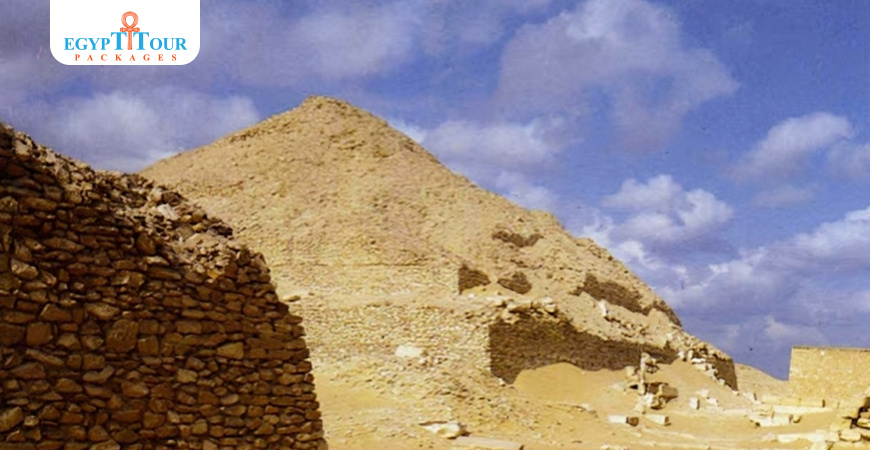
Post A Comment
Your Email Address Will Not Be Published.
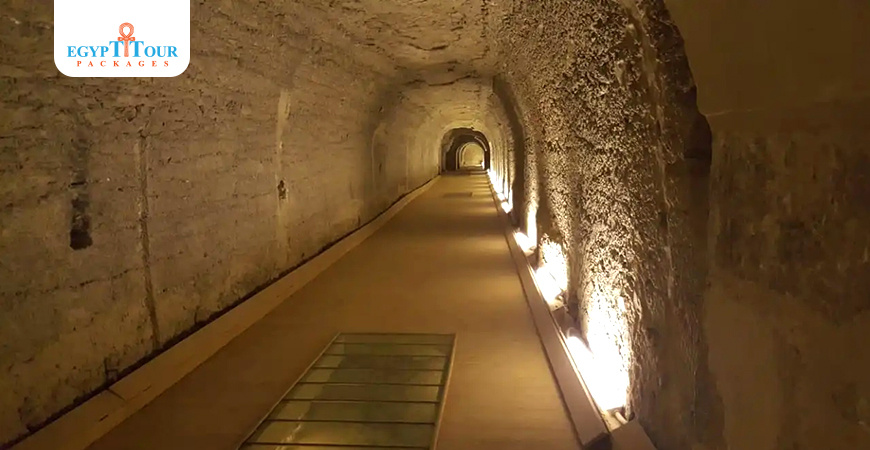


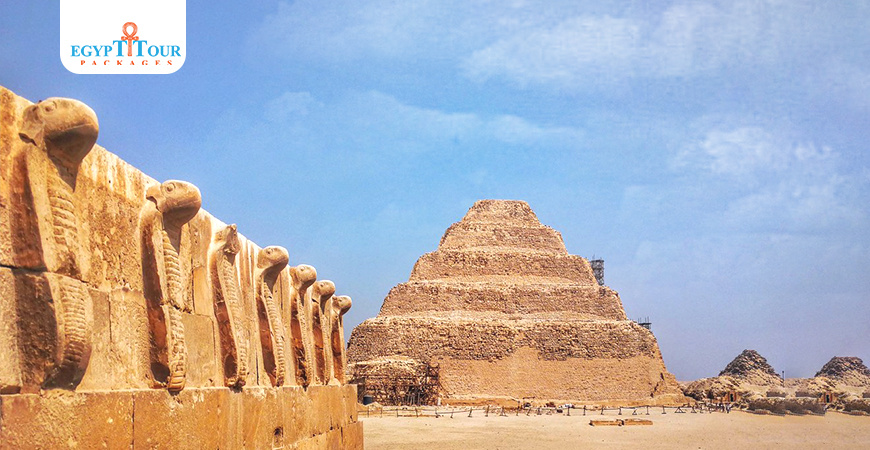







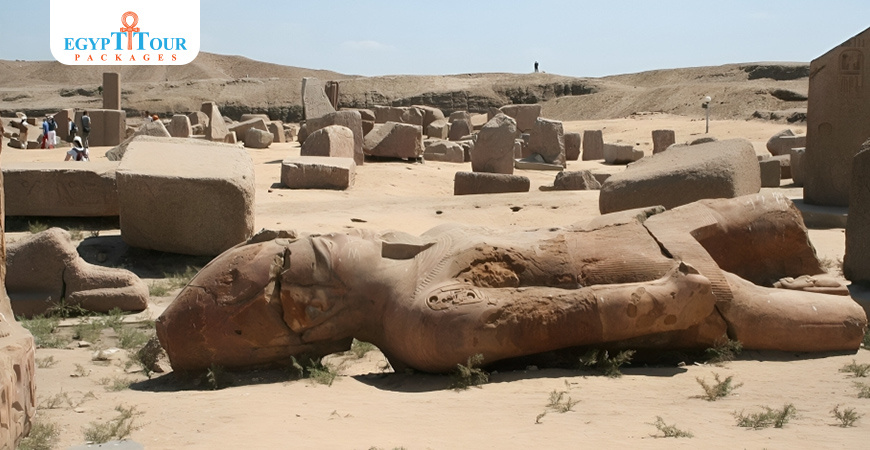


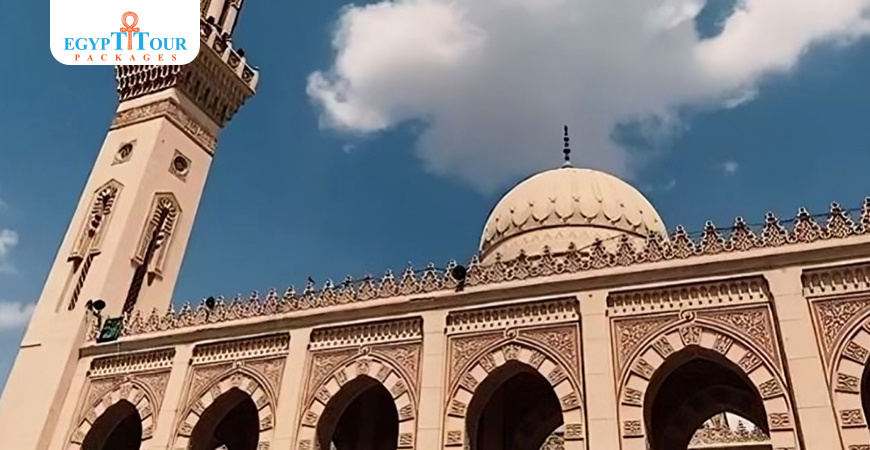


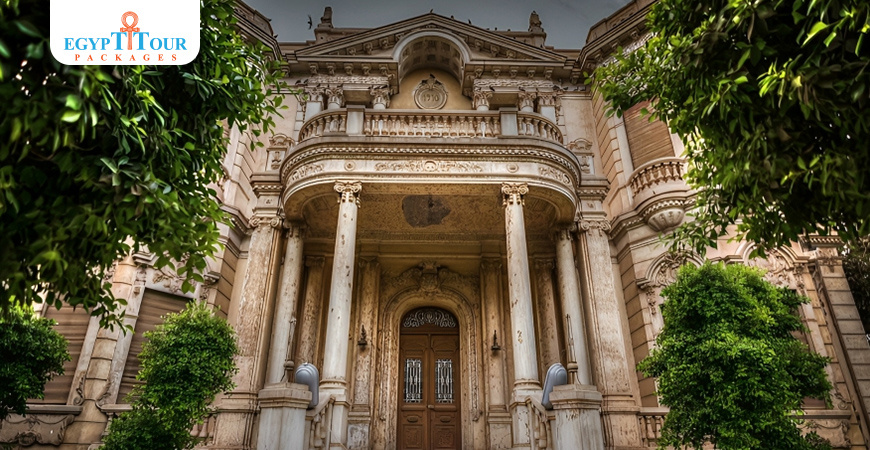
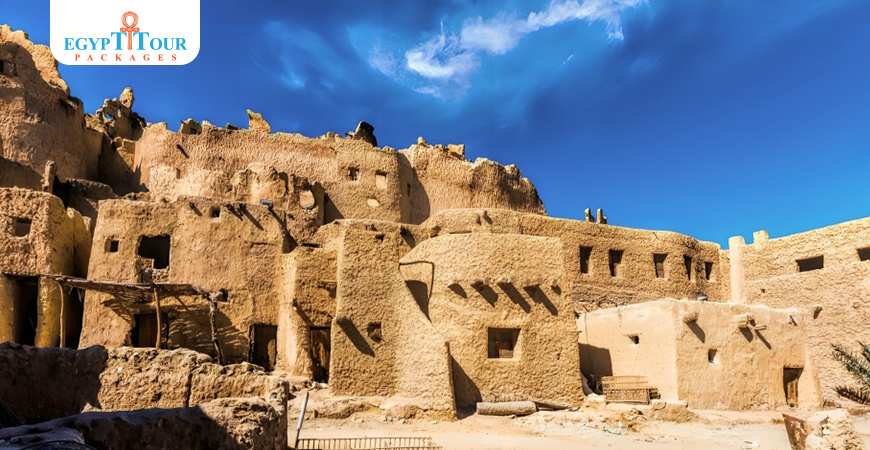
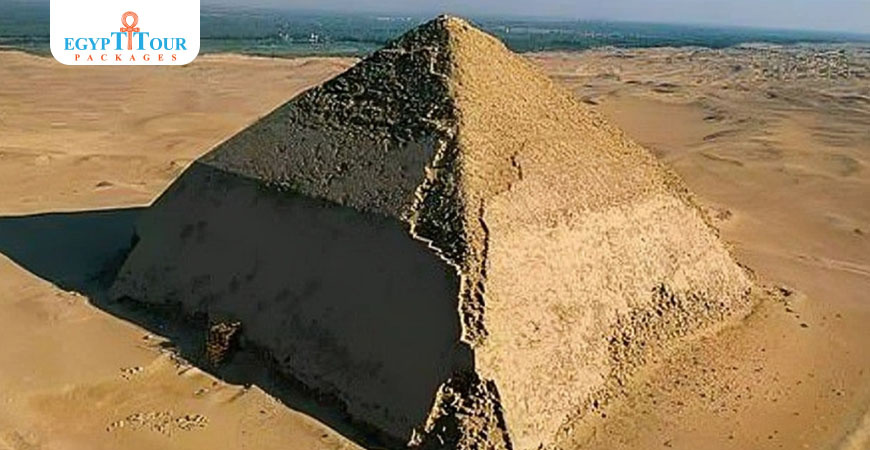
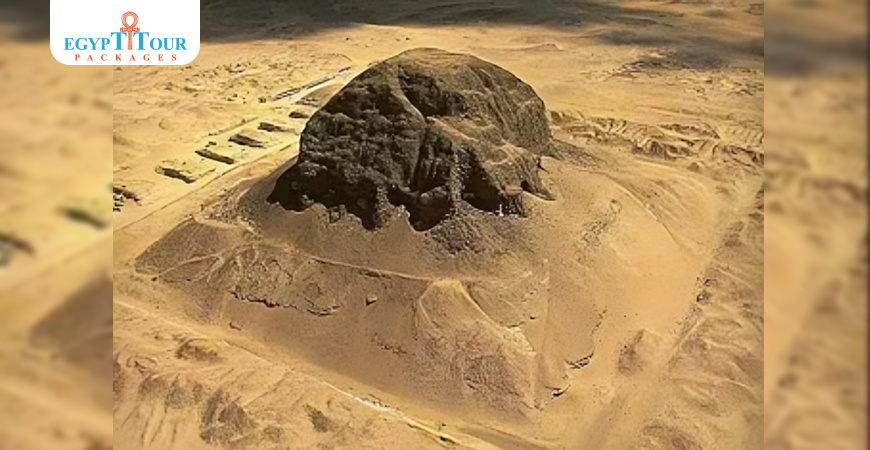
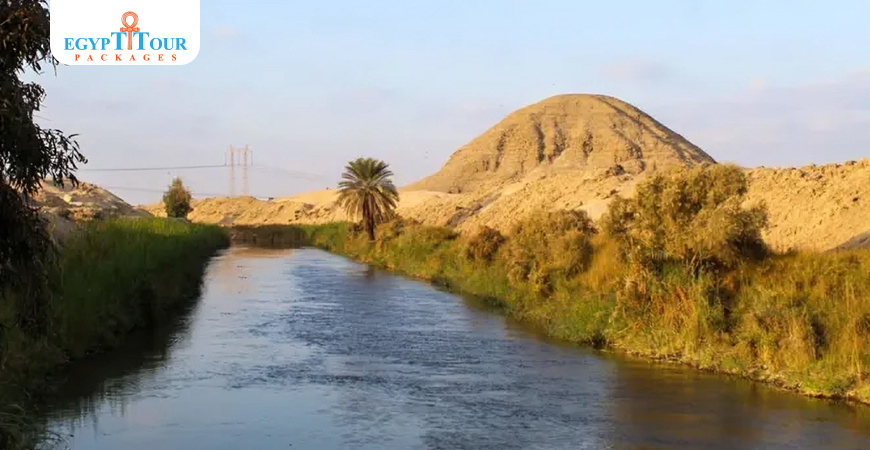
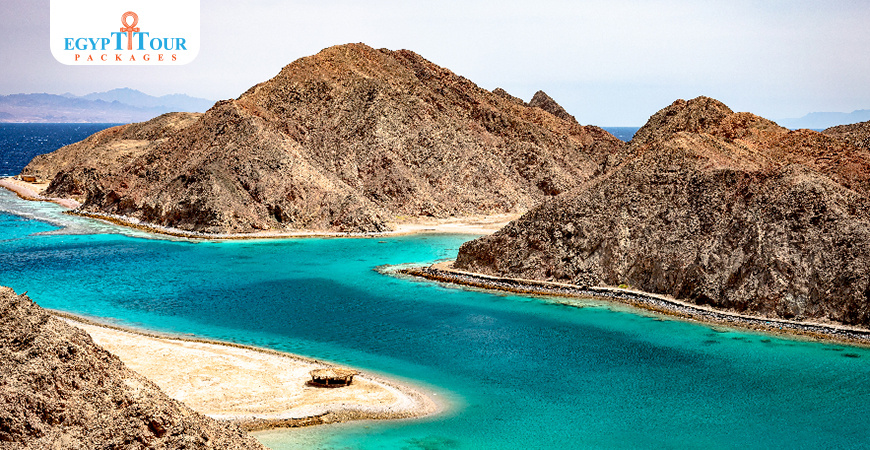

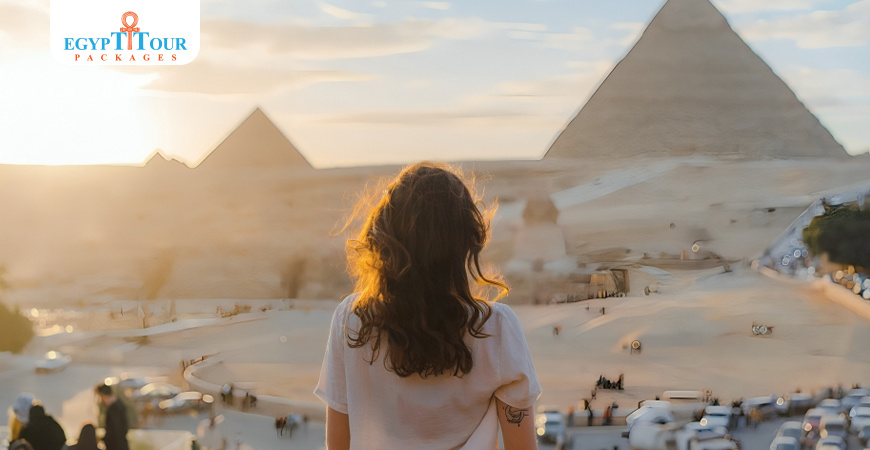
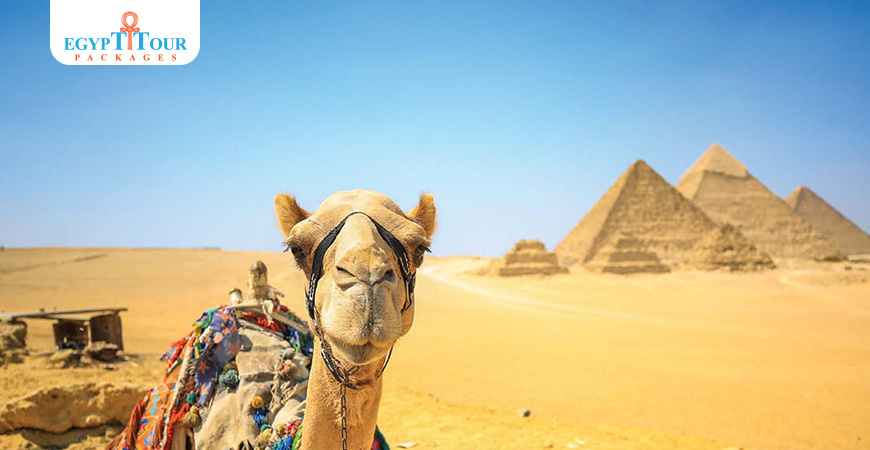











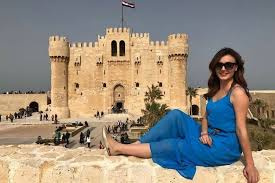

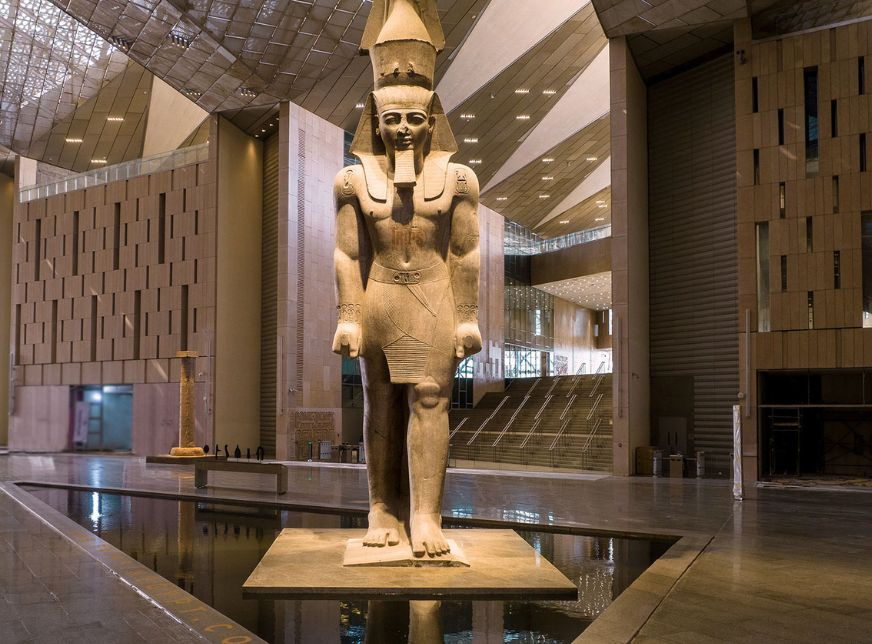

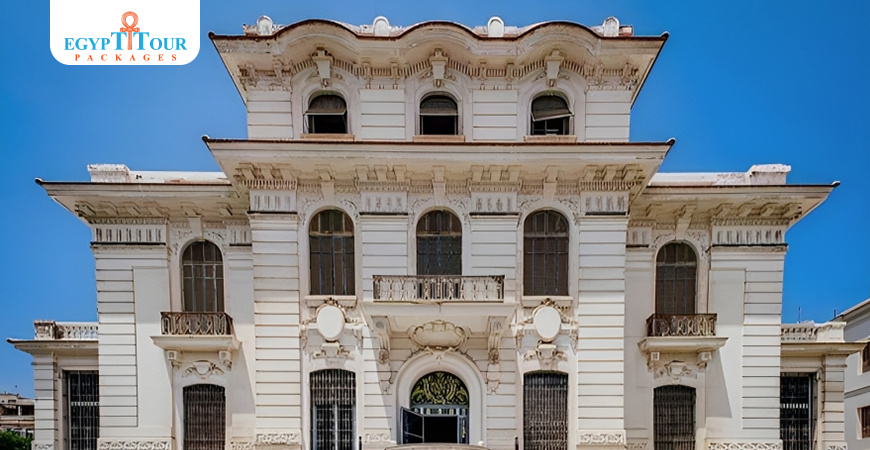

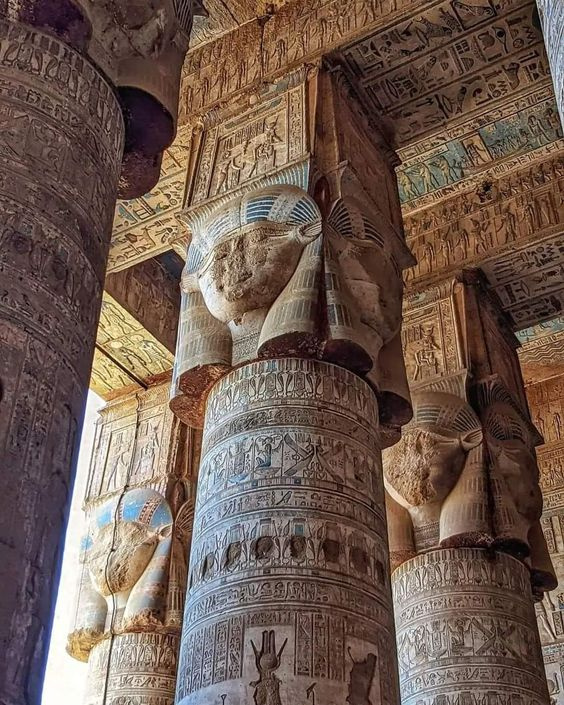




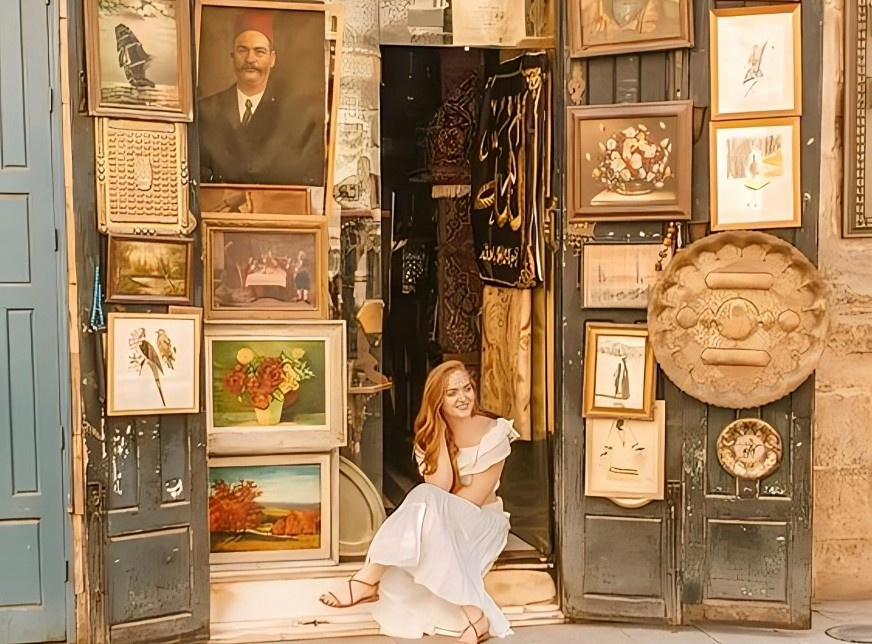

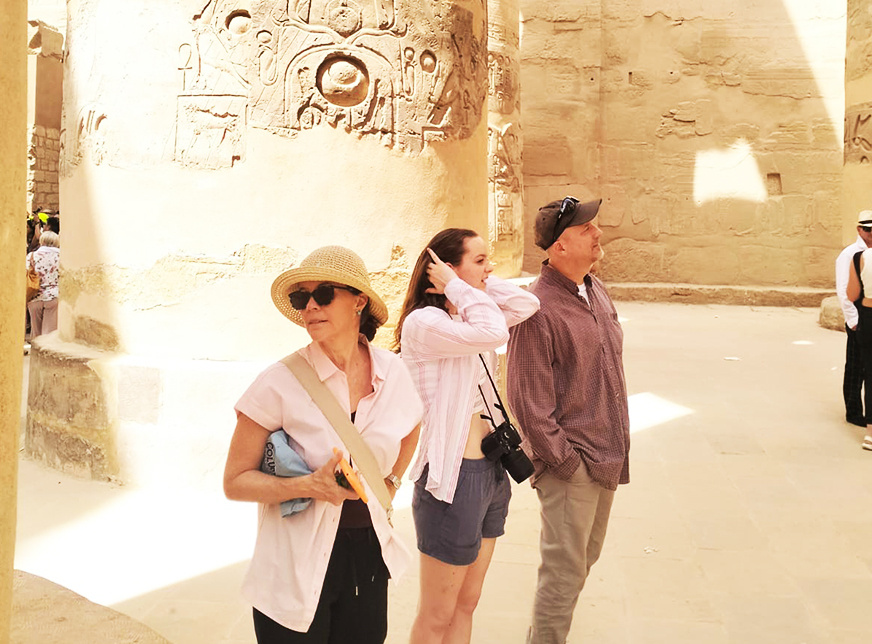
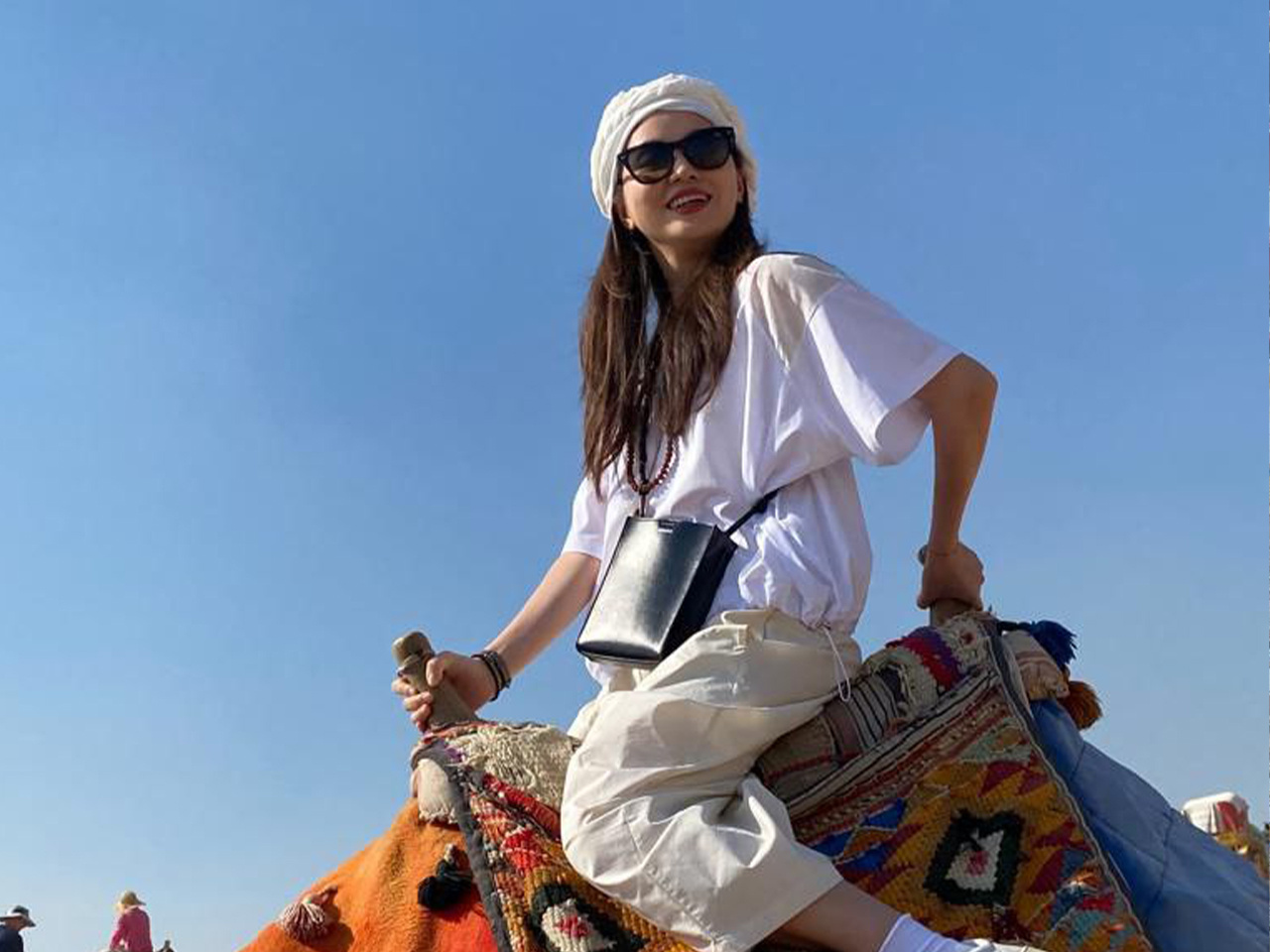
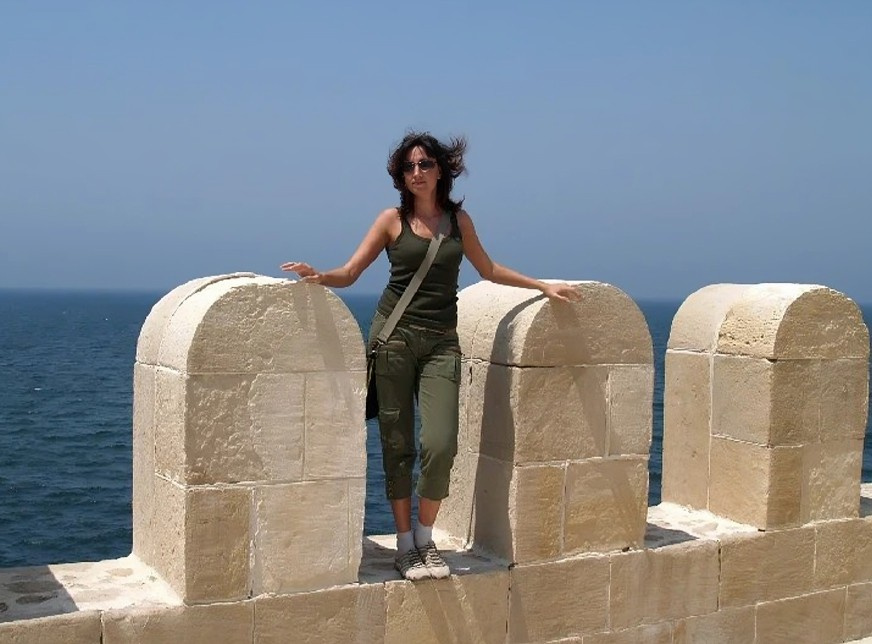
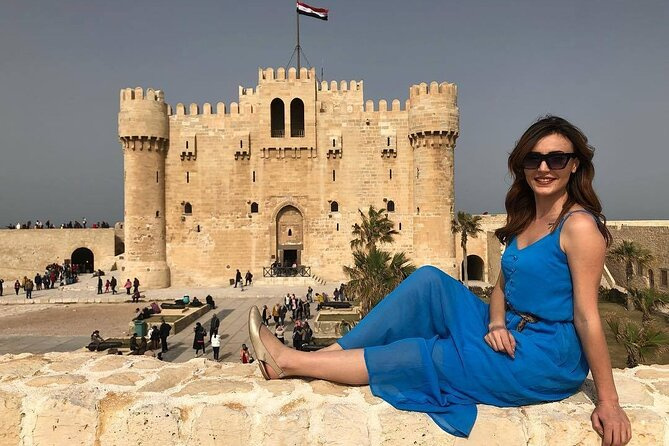
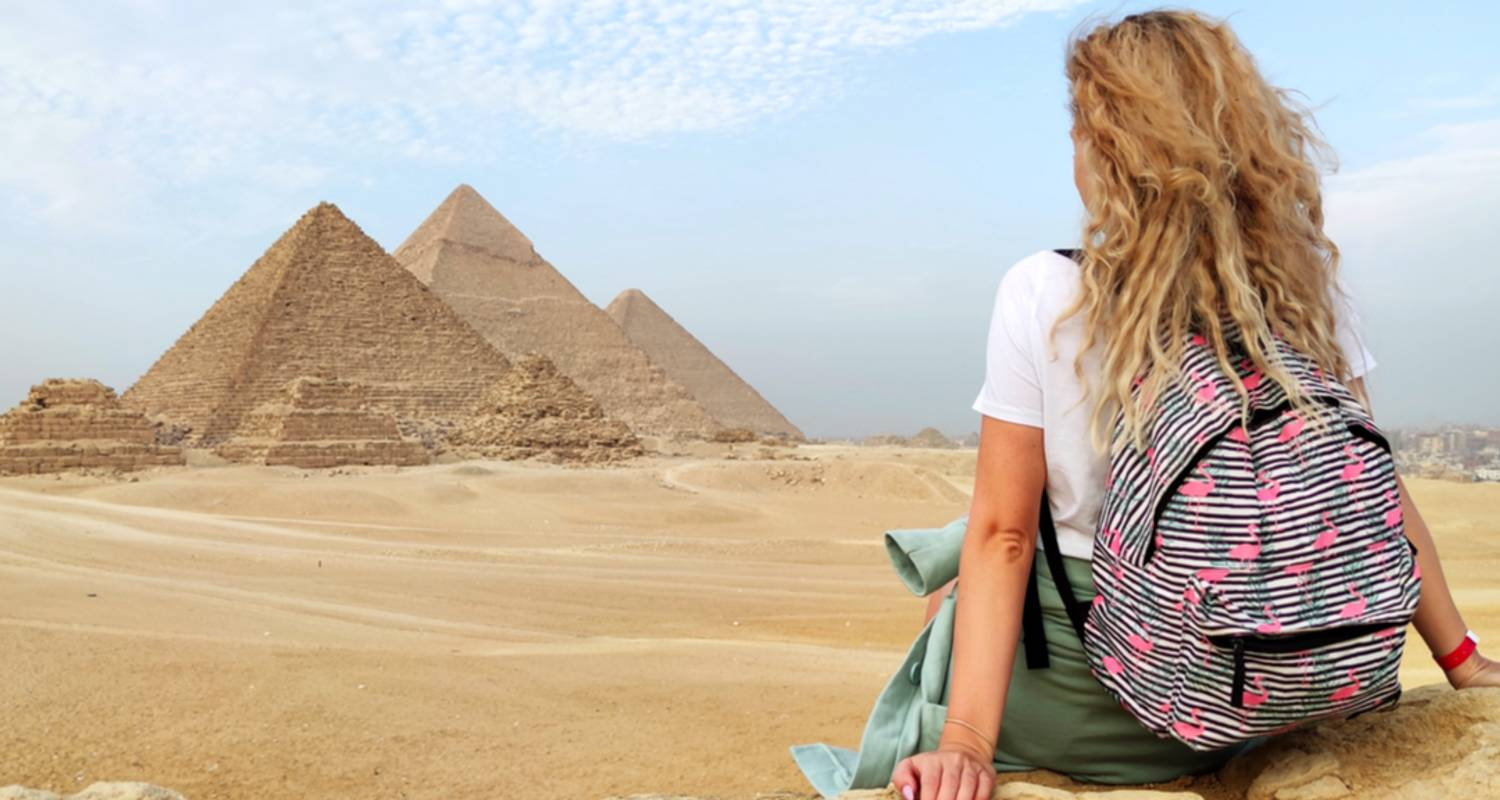
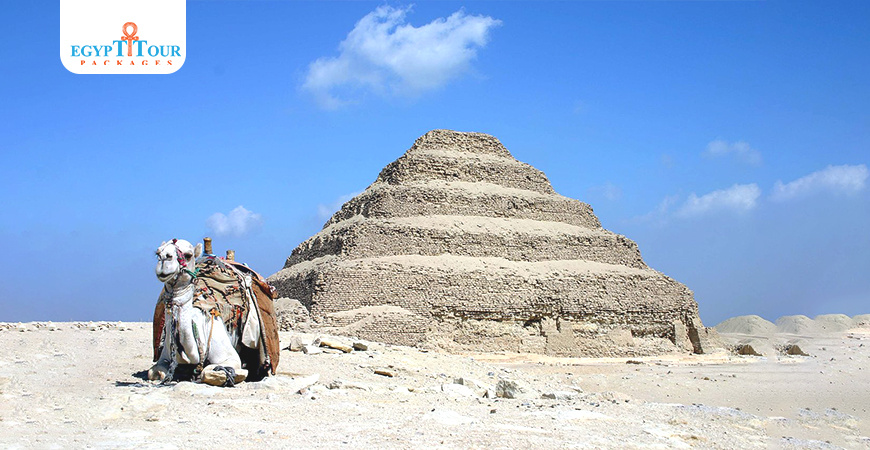

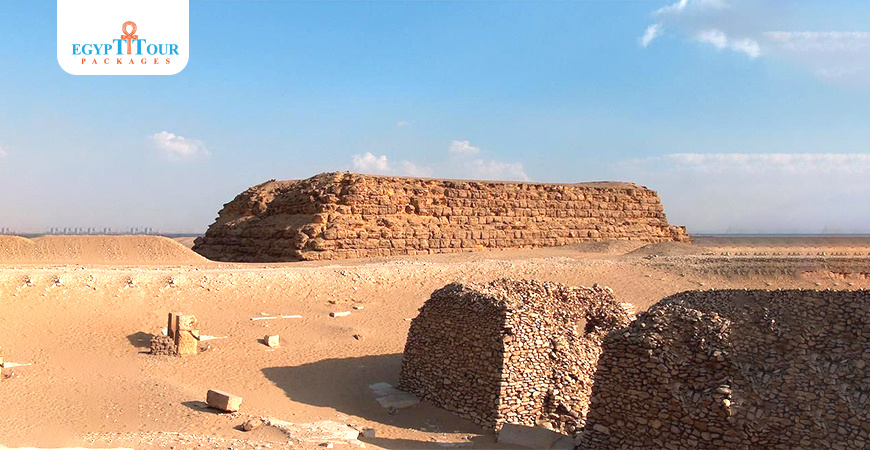
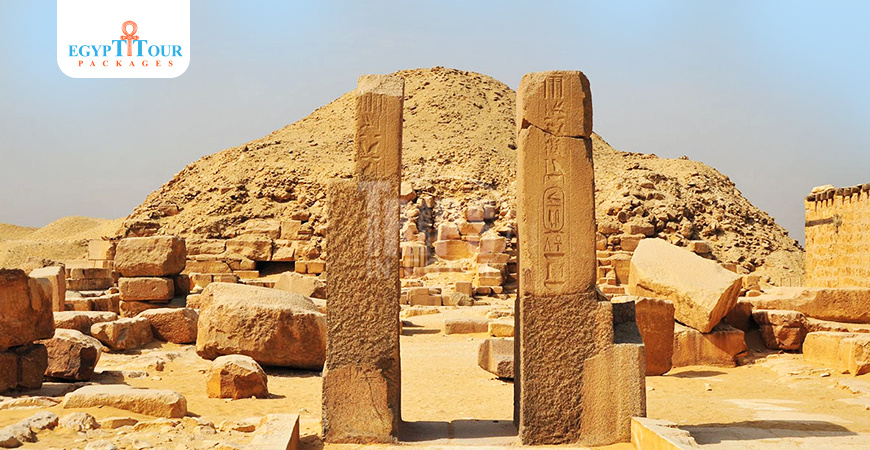

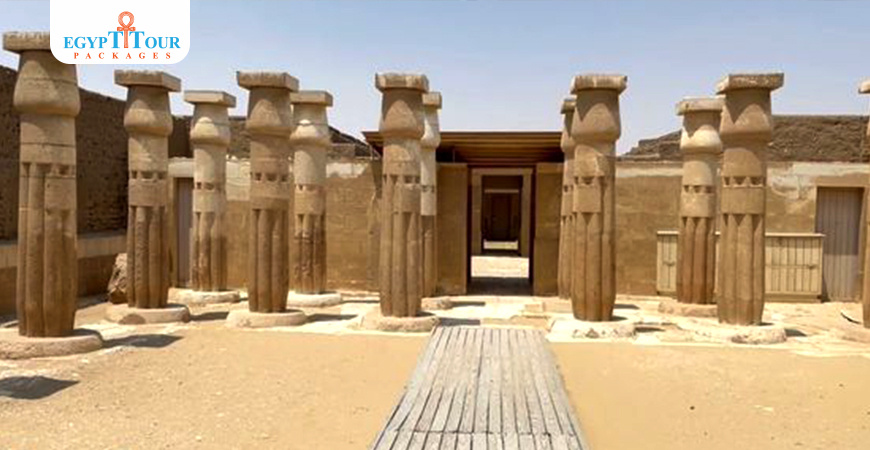
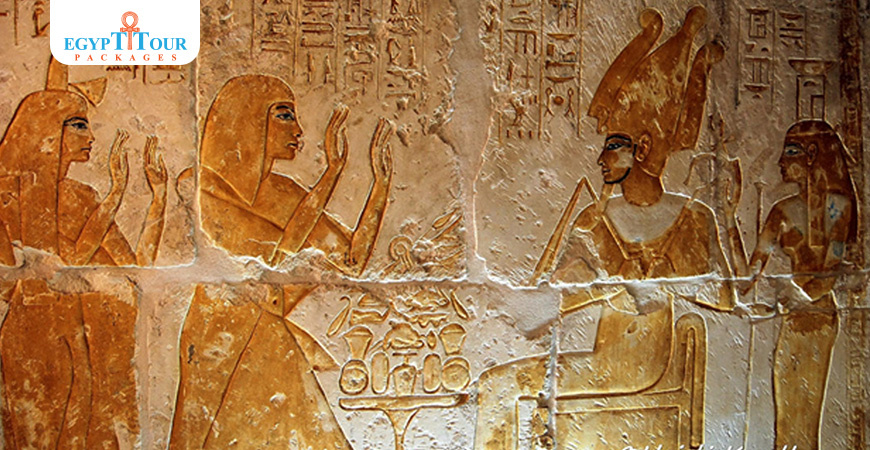
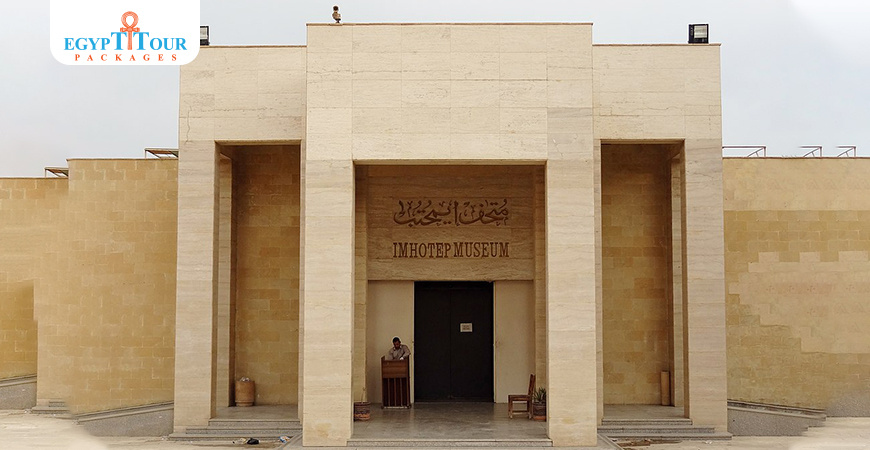

0 Comments